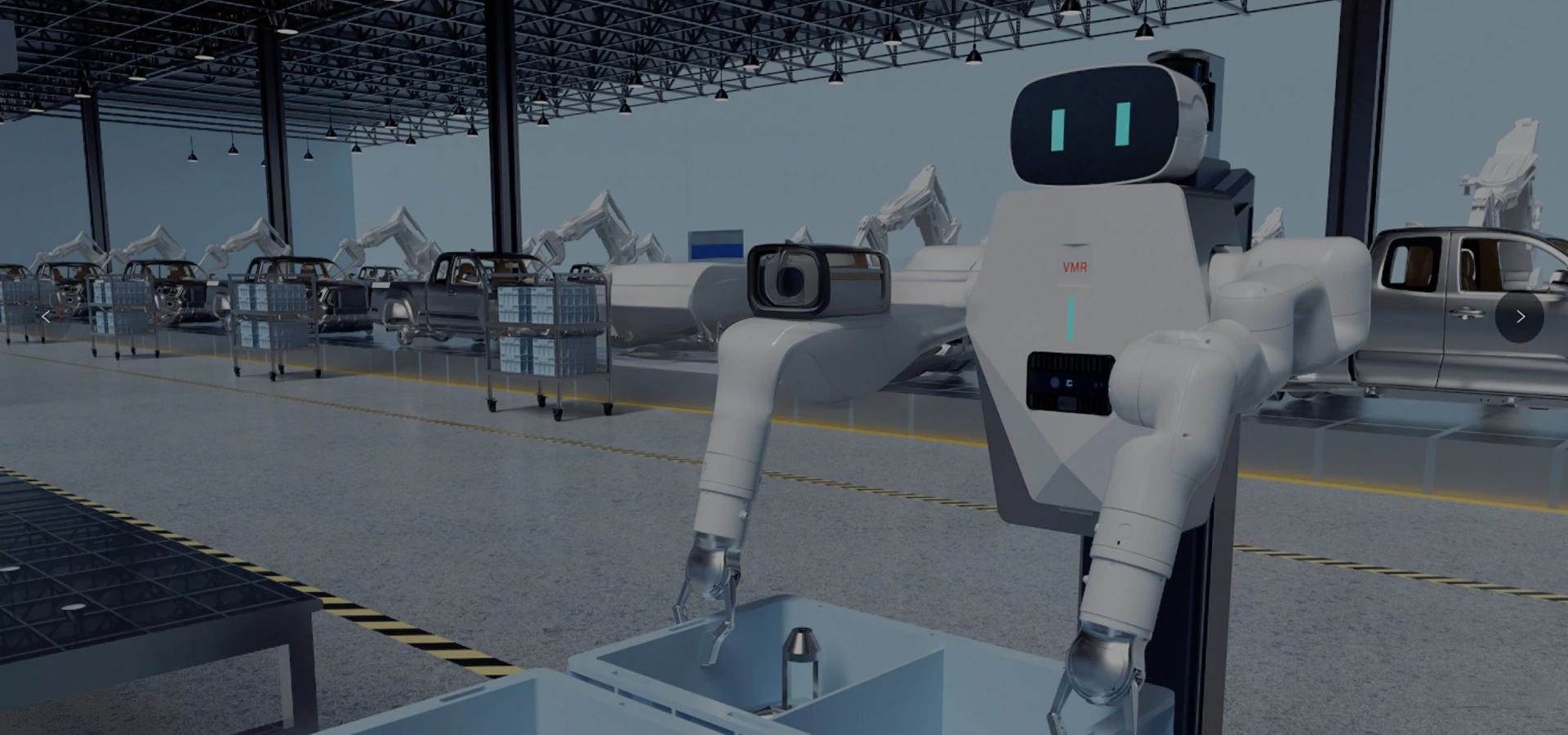
In recent years, Vision-Guided Robotics and Artificial Intelligence (AI) have emerged as game-changers in various industries. From manufacturing to healthcare, these advanced technologies are transforming traditional processes, driving efficiency, and opening new avenues for innovation.
Vision-Guided Robotics refers to robots equipped with vision systems that enable them to perceive and interpret their environment. By integrating camera systems and image processing software, these robots can perform complex tasks with precision. The combination of AI and machine vision allows robots to “see,” making them more adaptable and intelligent.
Vision-guided robots offer unparalleled precision in tasks such as assembly, inspection, and quality control. They can adapt to variations in component positioning, ensuring high accuracy. This flexibility leads to higher productivity and reduced errors.
By automating repetitive and labor-intensive tasks, these technologies optimize workflows, leading to significant cost savings. Companies can achieve faster production cycles and improved resource allocation.
Robots can perform hazardous tasks, reducing the risk to human workers. Vision systems enhance safety by enabling robots to detect and avoid obstacles, ensuring smooth and safe operations.
In manufacturing, vision-guided robots are revolutionizing assembly lines. They handle tasks such as welding, painting, and material handling with precision. The integration of AI enables predictive maintenance, reducing downtime and enhancing productivity.
In the healthcare sector, these robots assist in surgeries, diagnostics, and patient care. They provide surgeons with precise imaging, improving the accuracy of procedures. AI-powered robots also streamline administrative tasks, allowing healthcare professionals to focus on patient care.
Vision-guided robots enhance warehouse operations by automating inventory management, picking, and packing. They optimize supply chain processes, ensuring timely deliveries and reducing operational costs.
In agriculture, these robots perform tasks such as planting, harvesting, and monitoring crops. AI algorithms analyze data from satellite images and sensors, providing insights for better crop management and yield optimization.
The future of Vision-Guided Robotics and AI looks promising. Advancements in deep learning and computer vision will further enhance the capabilities of these technologies. Here are some potential growth areas:
The development of fully autonomous robots that can operate without human intervention is on the horizon. These robots will revolutionize industries such as transportation, mining, and construction.
Cobots are designed to work alongside humans, enhancing productivity and safety. With improved AI algorithms, cobots will become more intuitive and capable of handling complex tasks.
The concept of Smart Factories, where AI and robotics integrate seamlessly with IoT and big data, is gaining traction. These factories will be highly efficient, adaptive, and capable of self-optimization.
AGV Material Handling Solutions | Efficient Automation (mrdvs.com)
©Copyright 2023 Zhejiang MRDVS Technology Co.,Ltd.
浙ICP备2023021387号-1